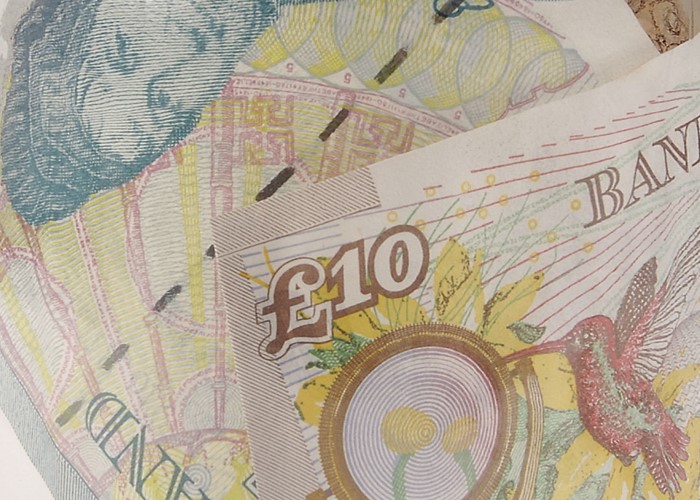Make Your Child A Millionaire!

If your child has a Child Trust Fund, here's some exciting news.
All keen savers out there will be rejoicing, following the announcement last week that ISAs are to remain indefinitely. Around 16 million of us have accumulated nearly £215 billion in our ISAs since they began, and this latest news that they are "this Government's primary savings vehicle outside pensions" should help us feel more confident.
However, another announcement was made that should make a another group of people very happy - even though they're too young to care! And that's because it's now been clarified that the Child Trust Fund will roll into ISAs upon maturity, too.
The Child Trust Fund (CTF) was introduced in 2005 as the Government's way of encouraging parents to save for their children. Any baby born after 31 August 2002 will have received a voucher for £250 (£500 for low income families) to be invested into a "Child Trust Fund account". Parents, family and friends can contribute a further £1,200 each year to the account, with the hope that it will grow, free of tax to a tidy sum which is given to the child when he or she turns 18.
And all being well this would produce a healthy sum of money - if you were to put that £250 voucher, plus £100 a month into a CTF account which generated a return of 7% a year, after charges, your child could be looking at a cheque for just over £43,000 on his 18th birthday. That should fund a few years at University/deposit for a house/ new car/travel!
So why is the fact CTFs will now roll into ISAs so important?
Well, it simply means that the tax-free element of the account is being extended. Instead of your child's account closing when they turn 18, leaving them to move this money to a taxable account, it can instead roll into an ISA, and continue to grow tax-free. This should also mean that children can leave their money invested, for longer, should they wish to. What's more, just knowing that their CTF can be stashed safely away may encourage teenagers that don't need the money to leave it alone. Indeed, £43,000 that continued to generate a return of 7% a year, after charges, could be worth nearly £85,000 after another 10 years, and that's without adding another penny!
RetirementAnd that's not all. Thanks again to the miracle of compounding, if that sum was then left alone with no more added until your child turned 60, and still generated a return of 7% a year, after charges, he or she could be looking at a pot containing over £1 million upon retirement.
Of course, your little ones are unlikely to care for a good few years yet, and inflation will reduce the purchasing power of this money. But this should all give them something to think about, when the time comes. And I know that I, for one intend to explain the basics of personal finance to my baby daughter long before she turns 18. So let's hope the Child Trust Fund generation grow up with a good grasp of their finances, and use their money, wisely.
Most Recent
Comments
Be the first to comment
Do you want to comment on this article? You need to be signed in for this feature








